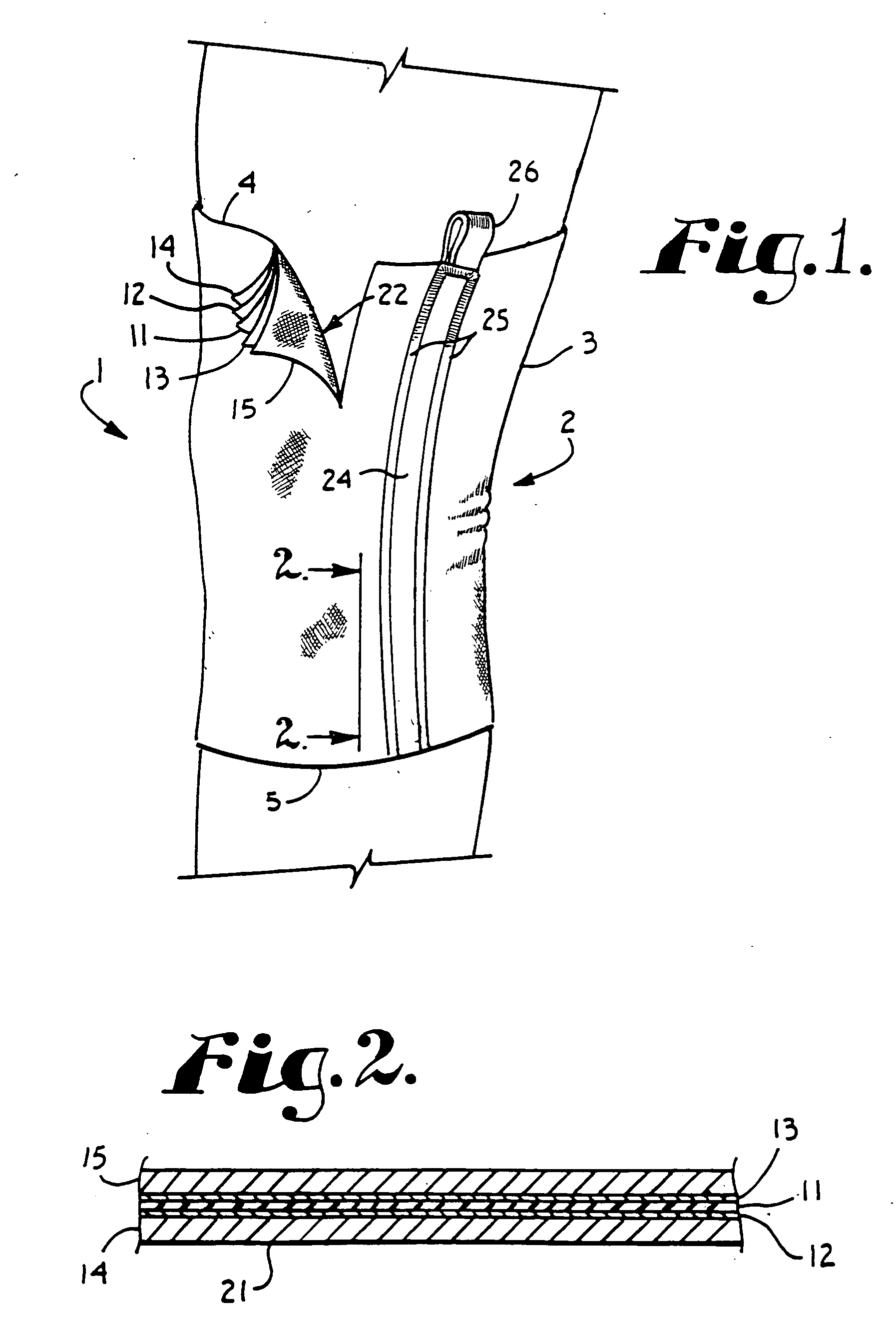The upright posture of the
human body renders it particularly susceptible to strains, sprains and other injuries which are generally manifested by swelling,
inflammation and discomfort.
When severe, an injury may result in
impaired mobility and necessitate restriction of movement and activity or the patient may be impaired due to age or infirmity.
The body is also subject to formation of
fibrin clots which may obstruct vessels in the
peripheral circulation when the body is in the
prone position for prolonged periods.
In addition to localized morbidity, such clots may also break free and travel to the heart or lungs causing more serious damage.
Orthopedic injuries have economic as well as physical repercussions for professional
athletes engaged in competitive sports.
Sidelined
athletes lose not only the opportunity to perform, but experience a reduction in their overall level of fitness during periods of restricted activity, necessitating a period of retraining prior to resumption of competition.
However, non professional
athletes also experience discomfort when injured and their level of
physical fitness is also impaired by injury-enforced inactivity.
Moreover, amateur athletes may be more susceptible to injury, since they generally lack the advice of professional trainers as well as the fitness and judgment developed by professional athletes.
Those who engage in infrequent bouts of
strenuous exercise without training are most at risk of injury.
However, even the well-trained amateur athlete is subject to occasional strains and sprains.
Some individuals are particularly at risk of injury because of previous
traumatic injury which has left continuing
weakness in a joint or limb.
Multiple layer or single layer supports constructed of
neoprene generally do not permit the underlying skin of the wearer to breathe well and trap moisture between the support and the skin.
In active persons, especially athletes or persons exercising or where a wound is seeping fluid, the support or other device often beneficially traps and holds heat to aid some problems; however, the heat causes additional sweating and produces more moisture that in turn is trapped by such prior art devices against the skin.
Because such impermeable supports lack the ability to carry away moisture, extended or frequent wear may be uncomfortable as well as irritating to the skin.
If such
irritation is prolonged, it can result in morbidity such as dermatitis and sloughing of the skin or failure of a wound to head properly.
Such impermeable materials are especially unsuitable for compression bandages to be worn by amputees or individuals with impaired circulation, who may develop necroses.
In addition, since impermeable supports provide no outlet for
perspiration excreted by the wearer, a salt residue may be deposited on the inner surface of the support which eventually may shorten the effective
life span of the support and adds to
irritation of the skin.
None of the previously available materials and combinations of materials provide effective compression and / or support while providing for the removability of moisture from contact with the underlying
skin surface and providing an effective
system for conveying liquid moisture away from the skin.
Furthermore, many worldwide national governments have determined that devices that promote retention of moisture on the surface of the skin are potentially harmful for certain uses and have passed or may soon pass legislation that favors devices for such uses that promote removal of moisture from the skin, thereby increasing the demand for devices of the type found in the present application.
 Login to View More
Login to View More  Login to View More
Login to View More 


